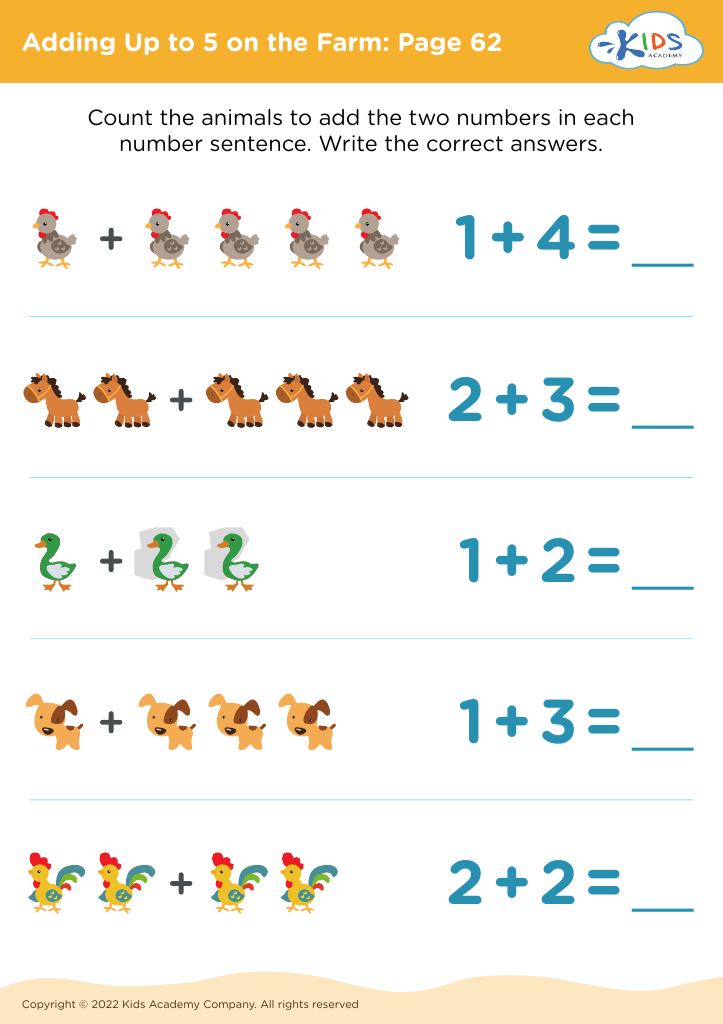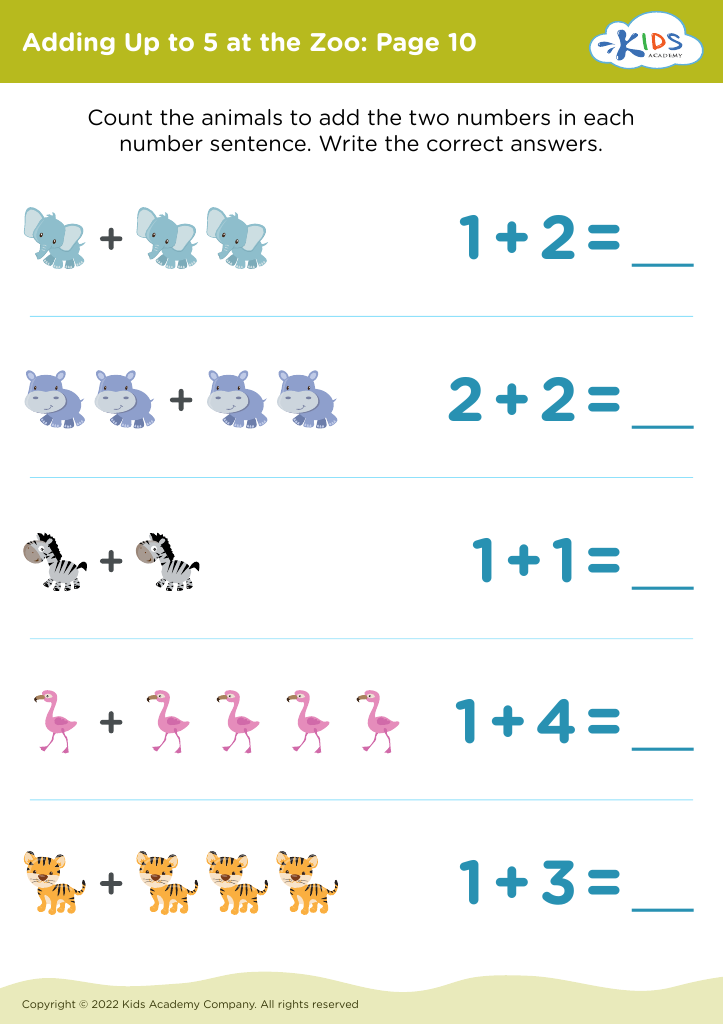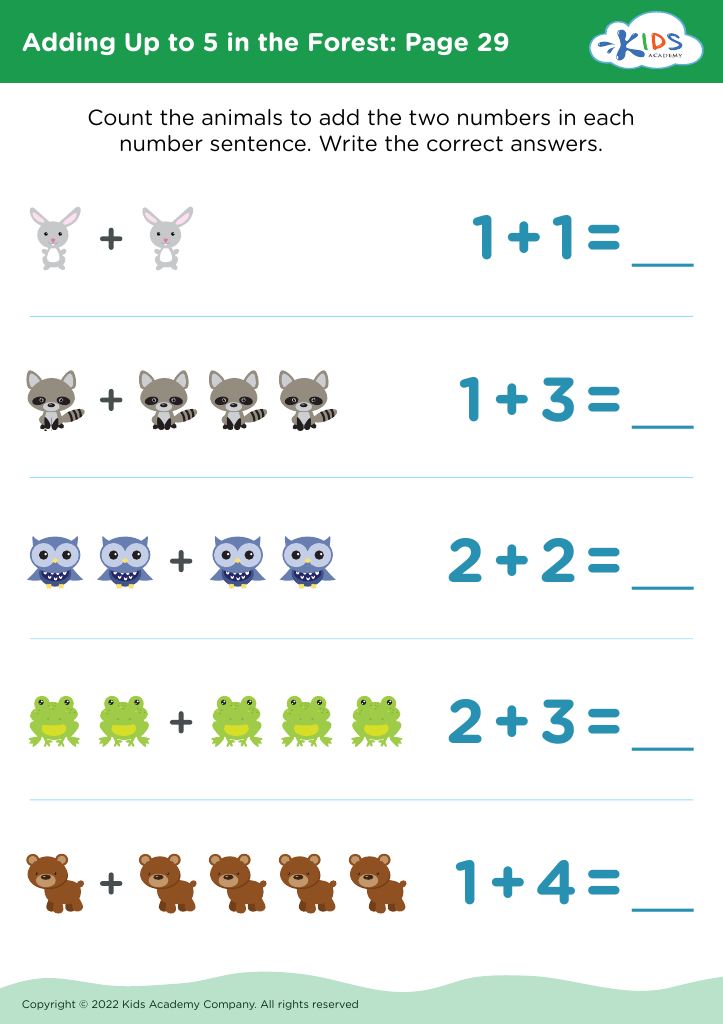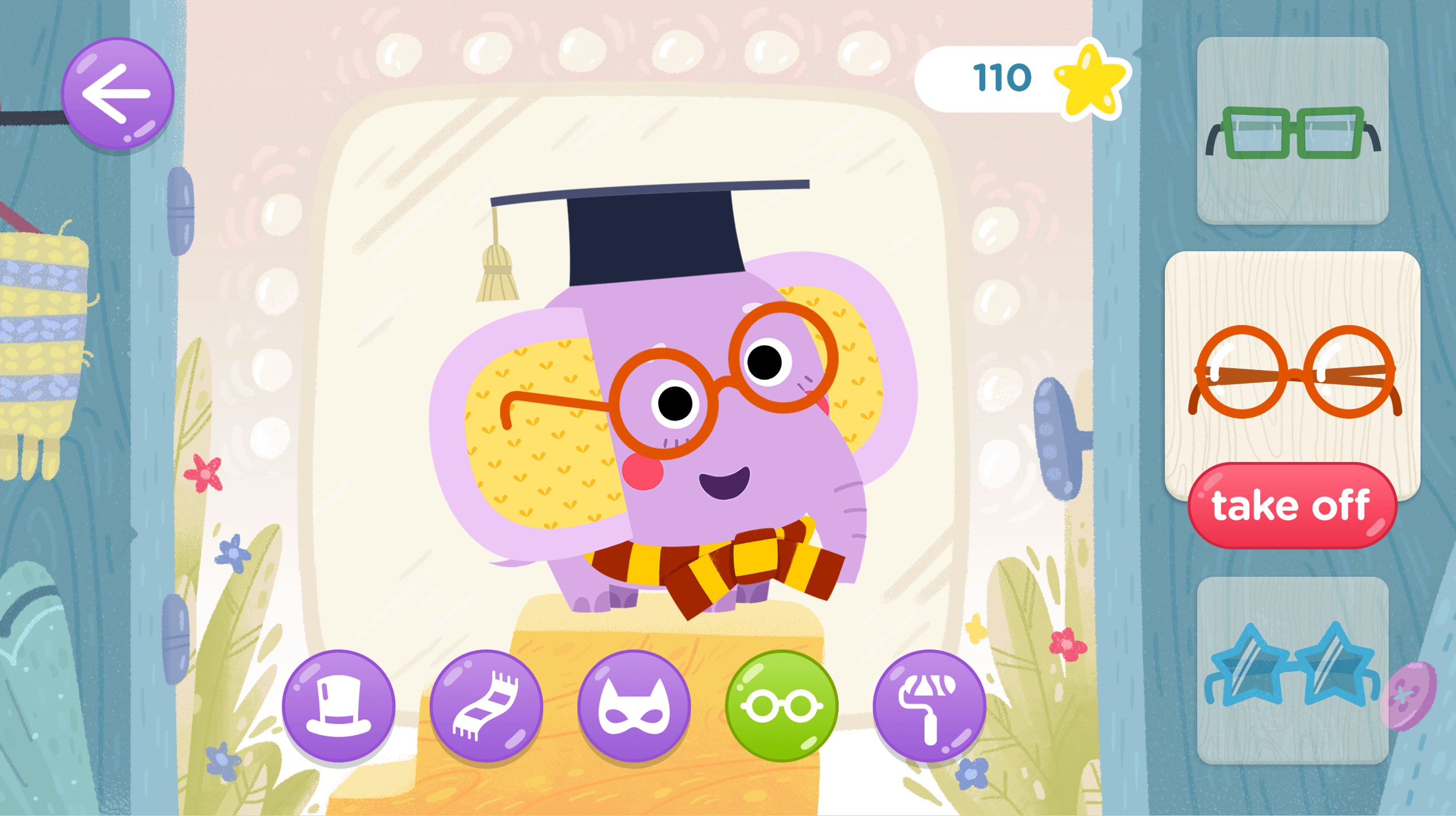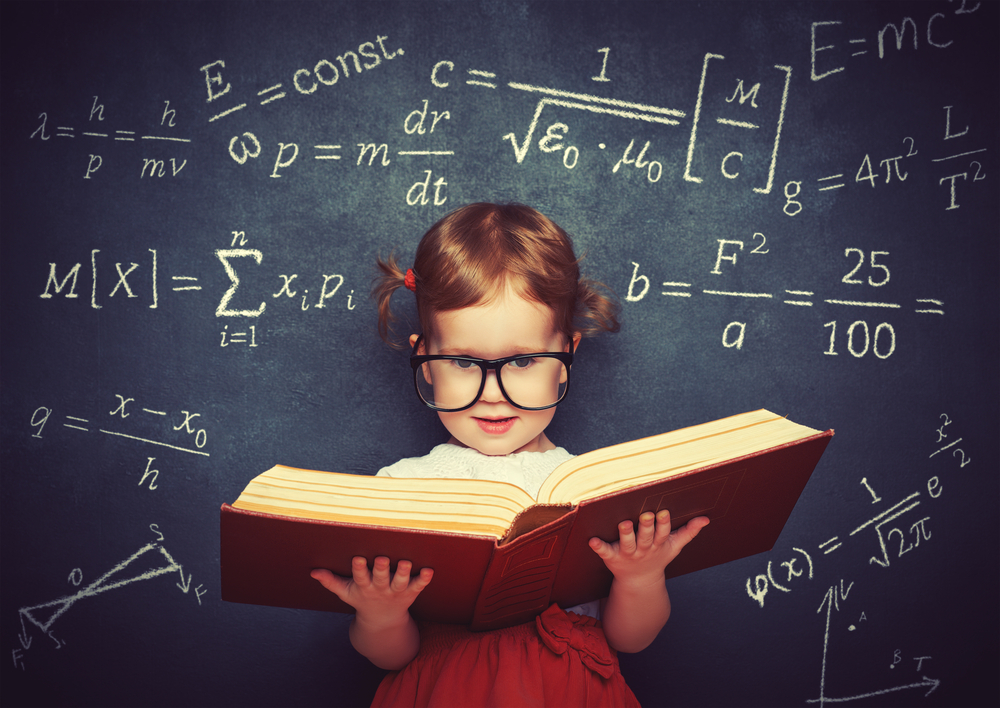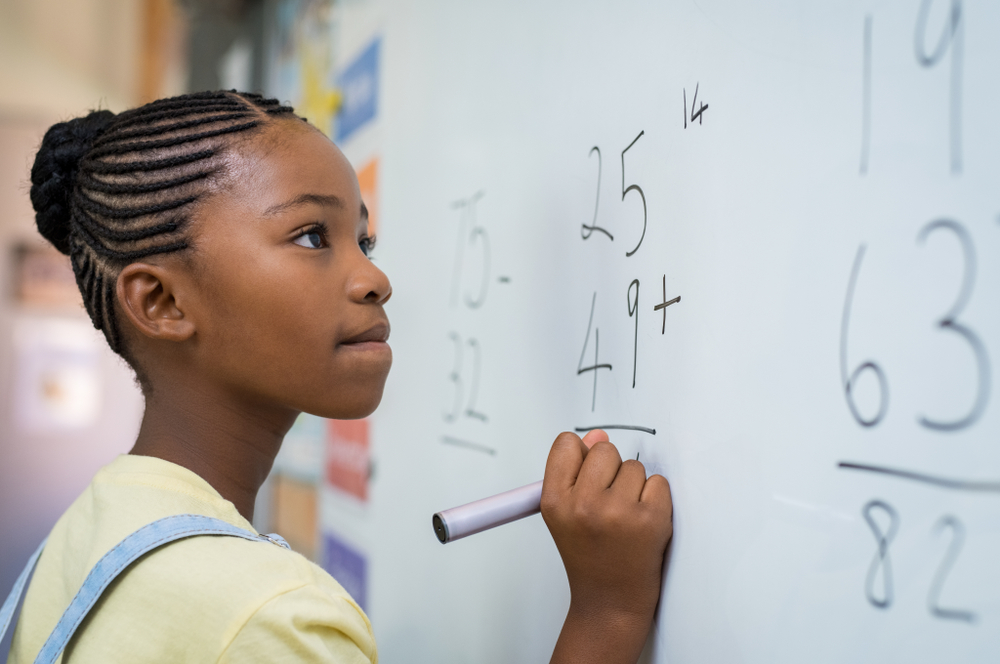Visual learning enhancement Addition & Subtraction Worksheets for Ages 5-7
7 filtered results
-
From - To
Our "Visual Learning Enhancement Addition & Subtraction Worksheets for Ages 5-7" are designed to make early math skills engaging and enjoyable for young learners. These worksheets blend vibrant graphics and interactive activities to simplify basic arithmetic concepts. By targeting various learning styles, they help children visualize math problems and improve their problem-solving abilities. Perfect for both classroom and home use, they build a robust foundation for future math success. These resources not only boost confidence but also make learning addition and subtraction fun, nurturing a lifelong love for math. Download now to support your child’s educational journey!


Base Ten Block Counting Worksheet
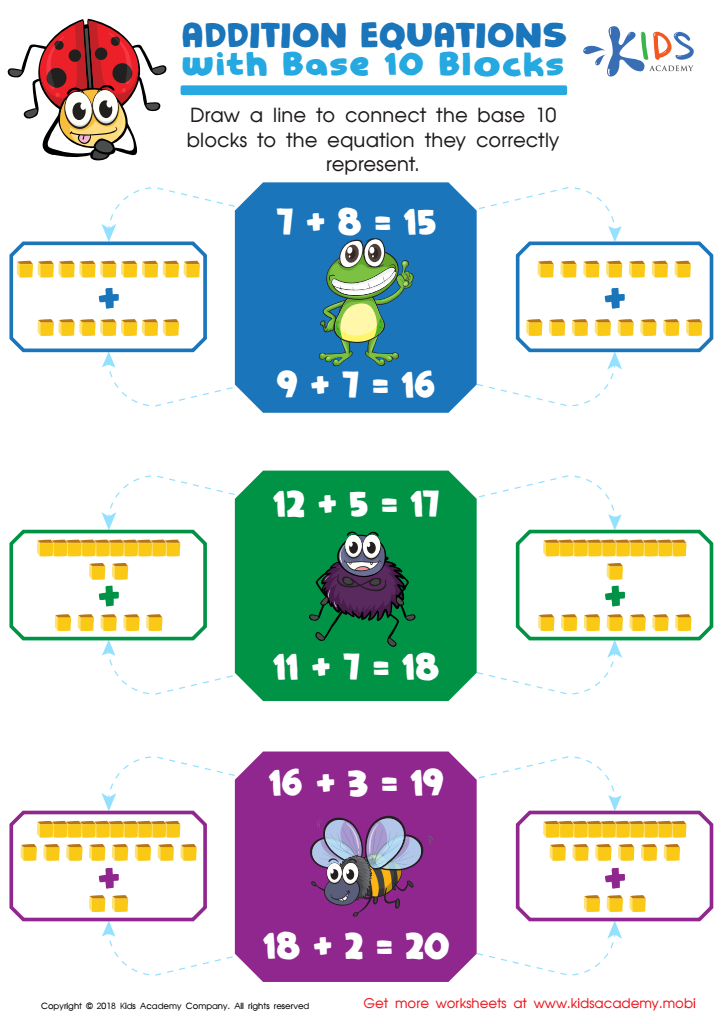

Addition Equations With Base 10 Blocks Worksheet
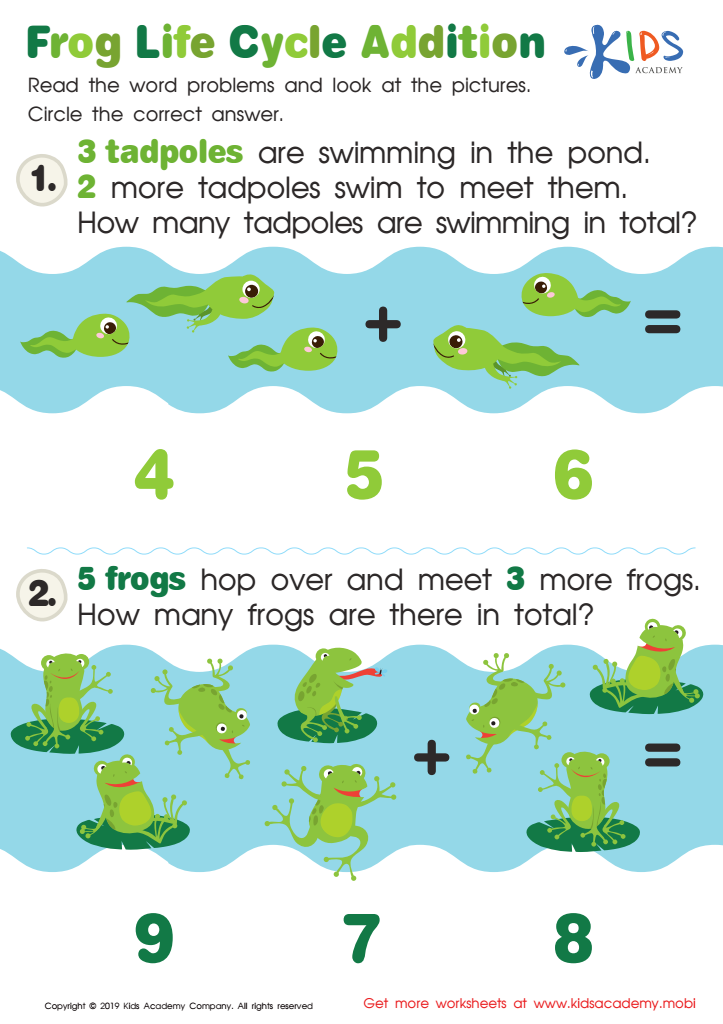

Frog Life Cycle Addition Worksheet
Visual learning is crucial for young learners, especially in the context of enhancing their understanding of fundamental mathematical concepts like addition and subtraction. Children aged 5-7 are in a developmental stage where visual experiences significantly impact their cognitive growth. Visual aids, such as number lines, counters, and pictorial representations, can make abstract ideas more tangible and easier to comprehend.
When parents and teachers incorporate visual methods to teach addition and subtraction, they cater to the innate learning preferences of many children, who are often more responsive to images and hands-on activities than to verbal instructions alone. Visual learning supports the development of numeracy skills by helping children visualize the relationships between numbers and understand the concepts of "adding to" and "taking away."
Furthermore, employing visual strategies can enhance engagement and make learning more enjoyable, which is vital for maintaining the child’s interest and motivation. Diverse visual tools can cater to different learning styles and needs, ensuring that all children grasp these foundational math concepts effectively. This solid foundation is essential for their future mathematical success, logical reasoning, and problem-solving skills.
In summary, visual learning in early math education bridges the gap between concrete experience and abstract thinking, making it a critical approach for parents and teachers striving to nurture confident, capable young mathematicians.
 Assign to My Students
Assign to My Students


